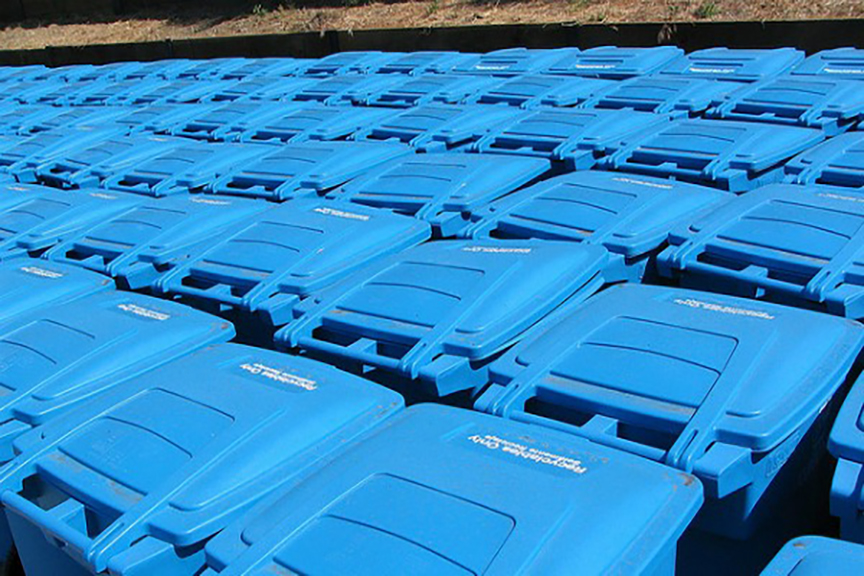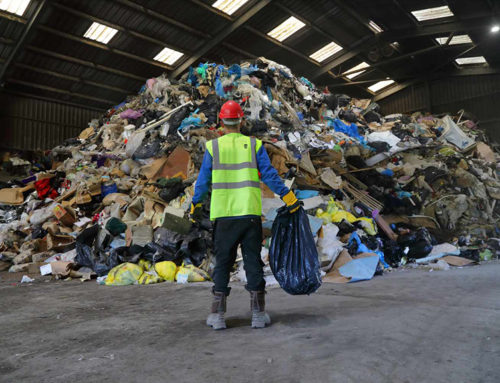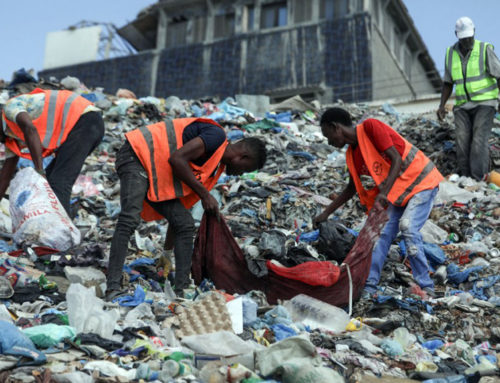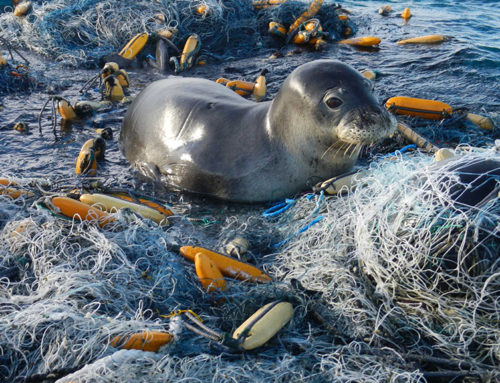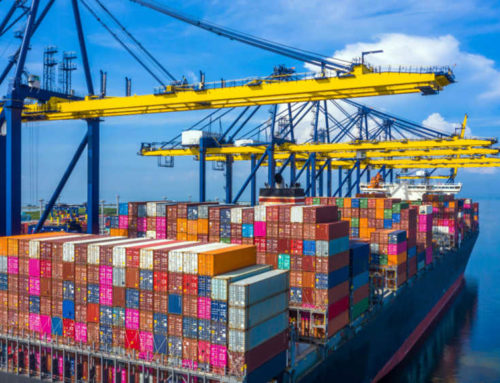Every day, millions of people dutifully separate their recyclables from their trash and place them into their blue recycling bins, believing that these materials are on their way to being reborn into new products. But the reality of what happens after the blue bin is picked up is far more complicated. In fact, not everything placed in the bin gets recycled, and a significant portion may end up in landfills.
The Recycling Process: From Blue Bin to Sorting Facility
Once collected, the contents of your blue bin are taken to a Material Recovery Facility (MRF), where the sorting process begins. At the MRF, items are separated by type—plastics, paper, metals, and glass—through a combination of automated machinery and manual labor. The goal is to group like materials together for processing into new raw materials.
However, the sorting process is not foolproof. The success of recycling largely depends on how well people follow local recycling guidelines. If an item is improperly sorted or contaminated with food or non-recyclable materials, it can cause problems for the entire batch of recyclables.
Contamination Issues: A Major Barrier
Contamination is one of the biggest challenges in the recycling process. Contamination occurs when non-recyclable items or dirty materials are mixed in with recyclables. A common example is placing ink cartridges in the recycling bin. Ink cartridges, especially when not properly emptied or processed, can leak residual ink onto other materials, rendering the entire batch unsuitable for recycling. Once cross-contaminated, all of the items in the blue bin are rendered as trash, and the entire bin often ends up in the landfill, defeating the purpose of recycling.
In many cities across the United States, contamination rates range from 15% to 25%. This means that a significant portion of what is collected in blue bins may end up in landfills, despite people’s best intentions. Contamination can clog sorting machines, lower the quality of recyclable materials, and drive up the cost of recycling programs.
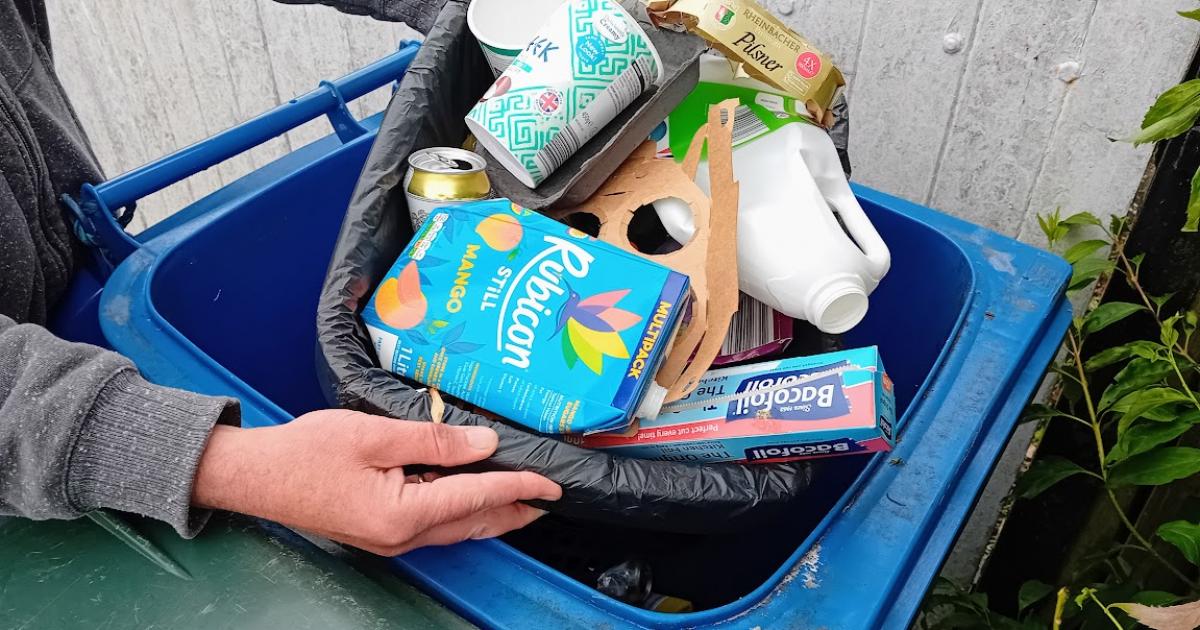
What Actually Gets Recycled?
So, how much of the material in the blue bin actually gets recycled? It depends on the material in question. According to recent data, the recycling rates for different materials vary widely:
- Plastics: Only about 9% of plastics are recycled globally. This is largely due to the complexity of recycling different types of plastic. Plastics labeled with resin codes 1 and 2 (like water bottles and milk jugs) are more likely to be recycled, but other types are often too costly or difficult to process.
- Paper: Paper has a much higher recycling rate, with approximately 66% of paper and cardboard being recycled in the U.S. However, paper that is mixed with food waste or wet material can be rejected, like pizza boxes laden with grease and cheese.
- Glass: Glass is often seen as infinitely recyclable, but in reality, only about 33% of glass gets recycled. In some areas, broken glass can contaminate other materials, making it more likely to be sent to landfills.
- Metals: Metals, particularly aluminum, have one of the highest recycling rates, with nearly 75% of aluminum cans being recycled. Aluminum is valuable and easy to recycle, making it a prime candidate for reuse.
Where Does the Rest Go?
Unfortunately, what doesn’t make it through the recycling process ends up either in landfills or incinerated as waste. A significant reason for this is the contamination issue mentioned earlier, but another major factor is the global market for recyclables. For years, countries like China accepted large quantities of recyclable materials from the U.S. and other Western countries. However, in 2018, China implemented its “National Sword” policy, which drastically limited the import of foreign waste due to high contamination levels. As a result, recyclables that were once shipped overseas now often stay in the U.S., where they either pile up or are sent to landfills.
Some cities have even scaled back or eliminated recycling programs due to the increased cost and complexity of dealing with recyclables domestically. This means that more waste, even if it is placed in a blue bin, may end up in the waste stream, contributing to landfill growth and environmental damage.
The Economic Side of Recycling
Recycling is also an economic issue. For many materials, recycling simply isn’t profitable. Plastics, for example, are cheap to produce but costly to recycle. Aluminum, on the other hand, is much more valuable, which is why it has a higher recycling rate. This discrepancy in value means that cities and recycling companies have to make tough choices about what materials are worth recycling.
Additionally, some materials are downcycled, meaning they are turned into products of lower quality. For instance, plastic bottles might be turned into synthetic fibers for clothing or carpets, which are difficult or impossible to recycle further. This is a form of recycling, but it’s not the closed loop that many people imagine.
What Can Be Done to Improve Recycling Rates?
Improving recycling rates requires action from both individuals and governments. On a personal level, people can help reduce contamination by following local recycling guidelines closely. Cleaning out food containers, keeping plastic bags out of the recycling stream, and avoiding ‘wishcycling’—placing non-recyclables in the bin hoping they’ll be recycled—are all important steps.
On a broader level, governments can support recycling programs through legislation, such as extended producer responsibility (EPR) laws that require manufacturers to take responsibility for the lifecycle of their products. Investments in new recycling technologies and better public education campaigns can also play a role in increasing recycling rates and reducing waste.
A Call for Real Solutions
While putting items in the blue bin is a step in the right direction, it’s not a guarantee that those items will be recycled. Contamination, economic factors, and global market shifts all contribute to the reality that much of what we think of as recycling still ends up in landfills. By being more mindful of what we recycle, supporting systemic change, and reducing waste at the source, we can help make recycling more effective and create a more sustainable future.

